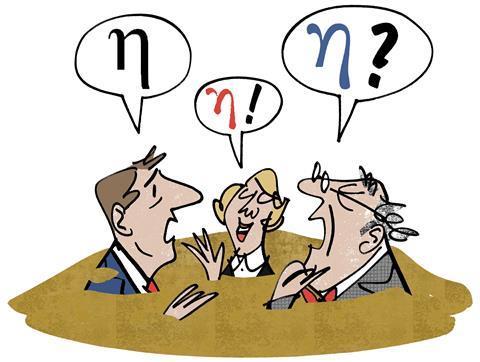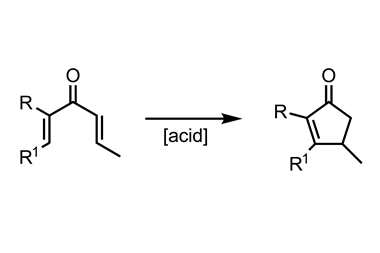Disciplines all have their own unique terminology: how can we make ourselves understood?
Winnie, the protagonist of Samuel Beckett’s play Happy days, famously spends Act I buried up to her waist. Throughout Act II she is buried to the neck. Our heroine comes to mind as I recall a recent cross-disciplinary project meeting when, upon attempting to explain my findings to those outside my area of expertise, I had a sinking feeling. Unable to rely on their background knowledge as I would when addressing experts in my own field, left me uncomfortably limited in my ability to convey proper meaning – and more than a little frustrated. In the second half of the meeting, when my physicist colleagues tackled the task of explaining their work to me in return, I was really up to my neck in it.

Countless meetings with biologists and physicists, theoreticians, programmers and clinicians, have taught me that the difficulty of communicating accurately across disciplines is two-fold. First, there is sometimes a need to recall stuff long since forgotten: note my anxious expression as my mind searches its recesses for information on rotational spectroscopy, last encountered in a University College London lecture theatre circa 1996. Second, we all have our specialist vocabularies. As far as I’m concerned, lowercase rho (r) is the Hammett reaction constant; to physicists, it represents charge density, resistivity and rho mesons. Eta (h) denotes hapticity in coordination chemistry, but plays innumerable other roles across the physical, earth and biological sciences. My particular favourite is the use of h to denote pseudorapidity (a spatial coordinate in particle physics, and also a nice way to describe an undergraduate chemistry student performing flash chromatography).
Being able to convey technical information to colleagues of all stripes is a serious responsibility, and the justified importance placed upon collaborative research by funding agencies should never lead us to develop only perfunctory research alliances. Perhaps we should follow the lead of Victor Hruby, whose wide-ranging work across the field of chemical biology includes some of the best examples of collaboration to be found. His pioneering contributions to the design of torsional barriers for control of peptide side chain conformation served to probe ligand-receptor interactions in a number of biological systems associated with neurotransmission and pain, and also as an opportunity for the development of many new methods in enantioselective synthesis. In 2009, Hruby made an elegant exposition of how the differing perspectives of specialists in medicine or biology have long been complementary to that of mechanistic (synthetic) organic chemists towards understanding and addressing problems of disease. In a perspective for the Journal of Organic Chemistry,1 he argued the case for collaboration with a cornerstone principle of chemical biology as his point of reference – that the reciprocal nature of molecular structure and biological activity informs molecular design towards a biological goal.
Just so: our relationship with colleagues in physics, medicine or biology is reciprocal. Hruby’s insight is a healthy reminder that we should not talk at cross-purposes or focus the efforts of our research partnerships to our own ends. How many of us, in a moment of bafflement, are tempted to move swiftly on without seeking understanding in the middle of an inter-disciplinary meeting? Hruby urges us to approach collaboration without the arrogance of knowledge or expertise, and perhaps a further message is that we must also participate without the arrogance that prevents us from admitting what we do not know.
Back to Beckett. Winnie does prattle on interminably, and often nods off. There could be more to this analogy with my meeting than I’d thought…
References
1 V J Hruby, J. Org. Chem., 2009, 74, 9245 (DOI: 10.1021/jo901767e)












No comments yet